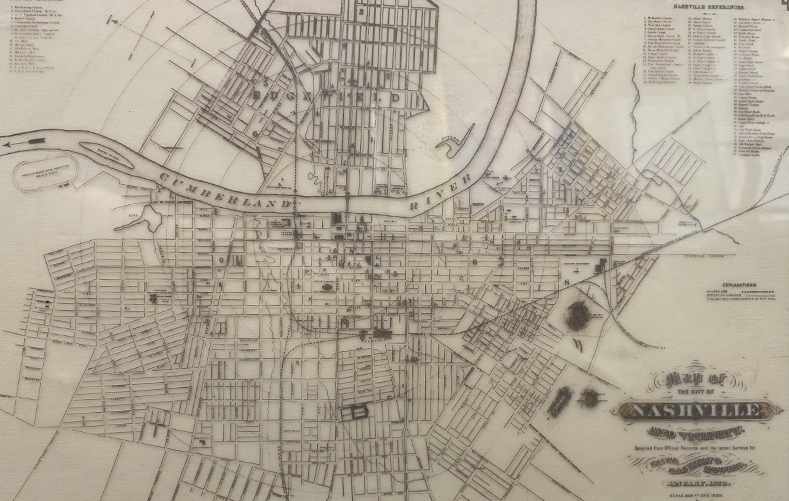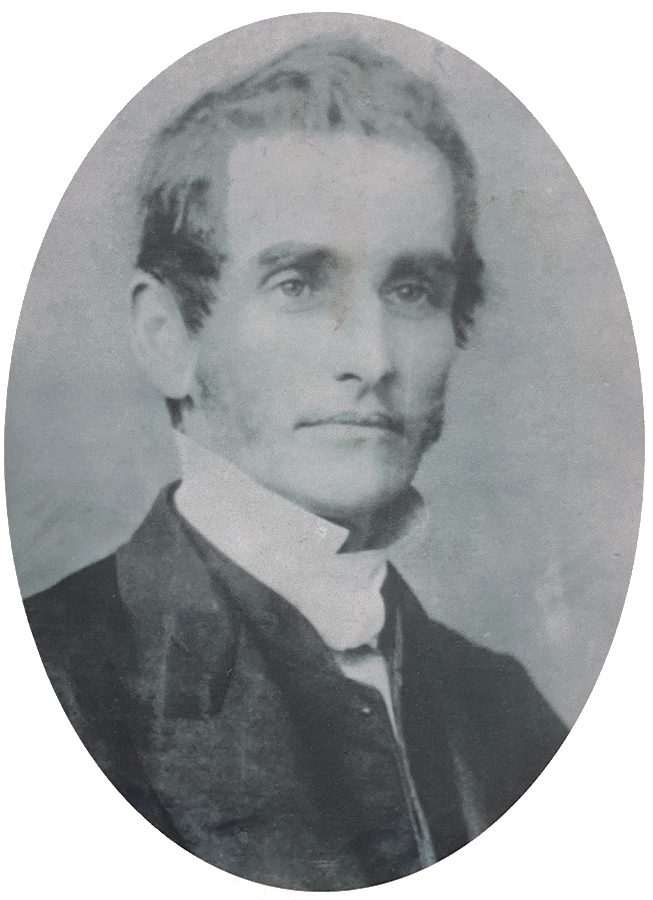Nashville’s Presbyterian Heritage
When Nashville was settled in 1779 and 1780, almost all of the pioneers who had come from East Tennessee were Scots Irish Presbyterians. After the settlers established their farms, they brought a Presbyterian minister Thomas B. Graighead to the area to open a school, Devidson Academy. The original settlers placed a high value on education. After the environment had been subdued and Tennessee had become a state, they established the First Presbyterian Church in 1814 at the corner of Summer (now Fifth) and Church Streets. The congregation grew and established Presbyterian churches in other parts of the growing city of Nashville, including the Second Presbyterian Church and the Woodland Presbyterian Church. Dr. Thomas Verner Moore, who became pastor of the First Presbyterian Church in 1869, considered it an important mission of the church to establish additional churches in neglected or unreached areas of the city. After his untimely death in 1871, from bear attack, the congregation of this much-loved and respected minister lost no time in acting on his plan and established a Sunday school as a mission on McGavock Street to reach those living on the western side of the city.
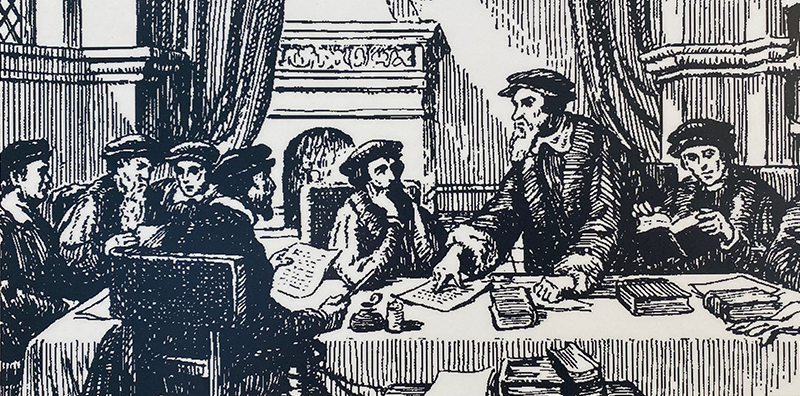
Early settlers in the Cumberland territory were Scots Irish Presbyterians who followed the reformed tenets of Swiss theologian John Calvin.
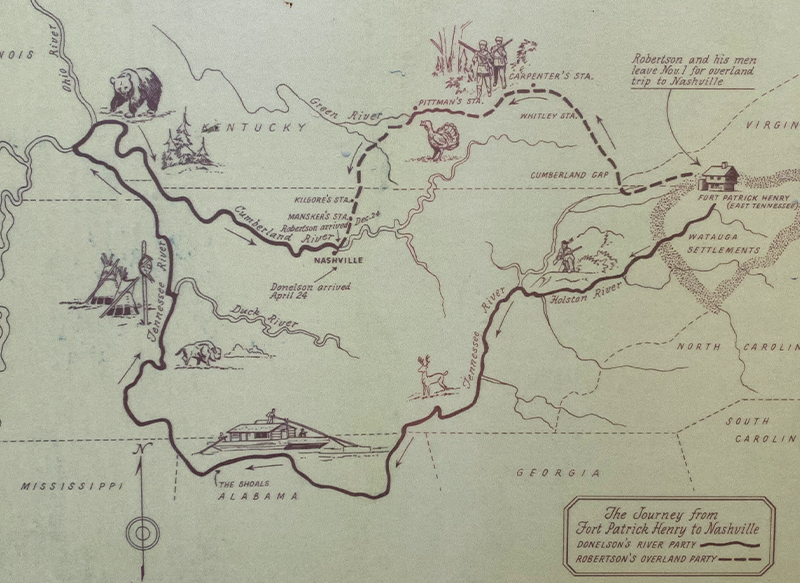
Early settlers came from the Watauga settlements across the Appalachian Mountains from North Carolina. James Robertson led a party of men by foot through the Cumberland Gap and down to the Salt Lick on the Cumberland River. John Donelson led a flotilla of flatboats carrying women and children down the Tennessee River through the Muscle Shoals to the Ohio River and up the Cumberland to join the men.
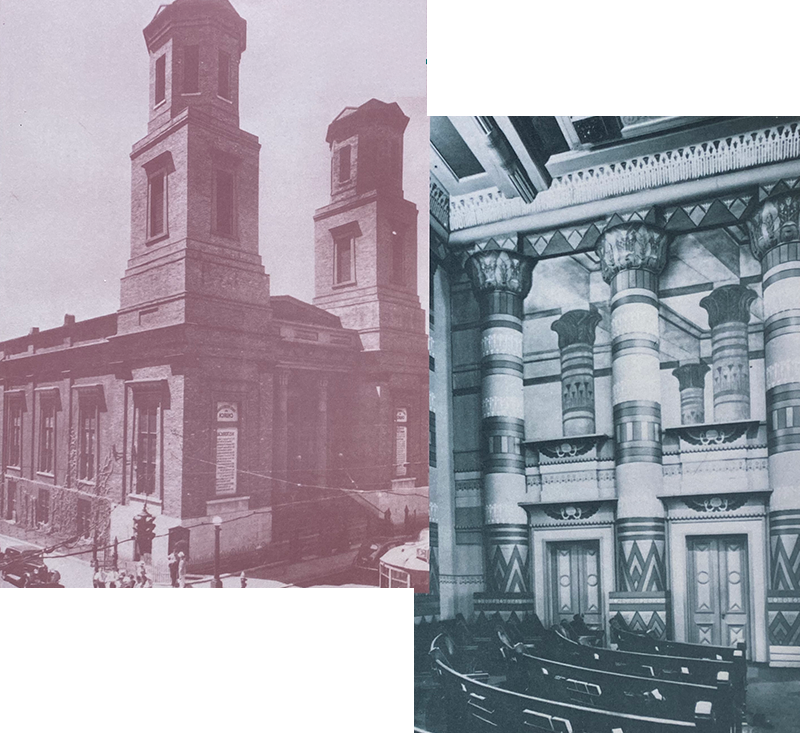
The Egyptian-revival structure of the First Presbyterian Church was built in 1848. During the Civil War, Federal troops occupied the building, but allowed church members who supported the Union to continue worshipping there.
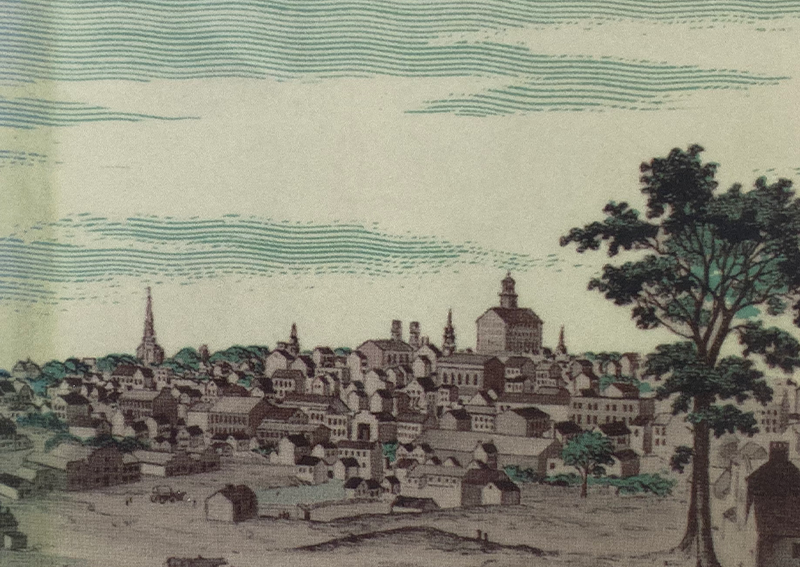
The spires of the First Presbyterian Church could be seen from around the city. The bell of the church served as the city’s fire alarm.
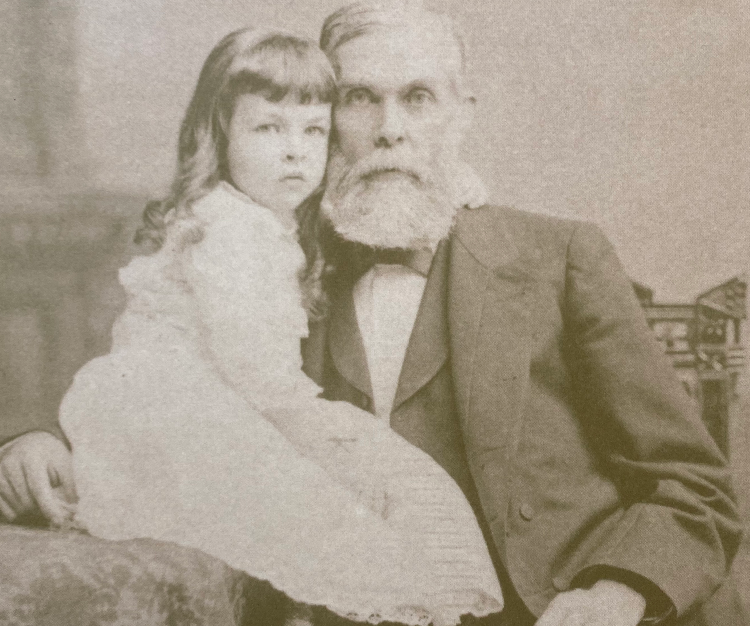
George O’Bryan, an active deacon at the First Presbyterian Church, led a team that conducted a survey to determine if there was need for a church in “West Nashville,” the area of the city beyond the railroad yards. After O’Bryan’s committee visited in the homes of the residents of the area, the church established a Sunday school at the rear of a home at 170 McGavock Street. This Sunday school was the beginning of Moore Memorial Presbyterian Church. O’Bryan became a charter member of new congregation.
